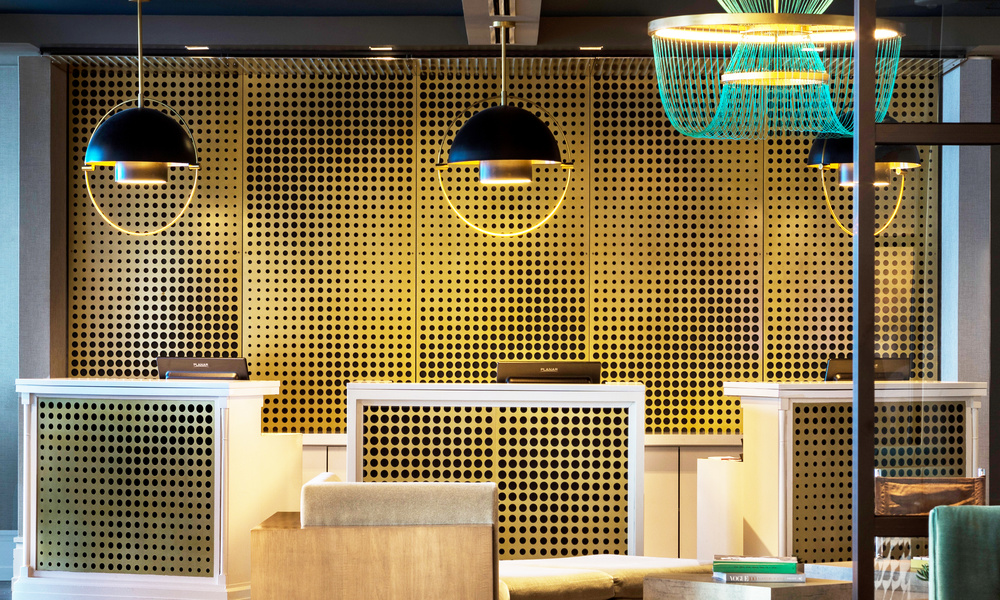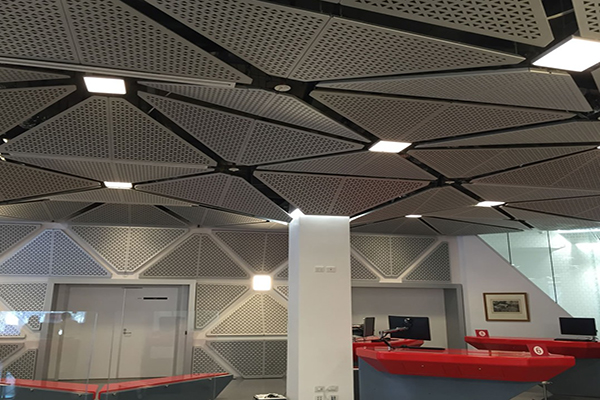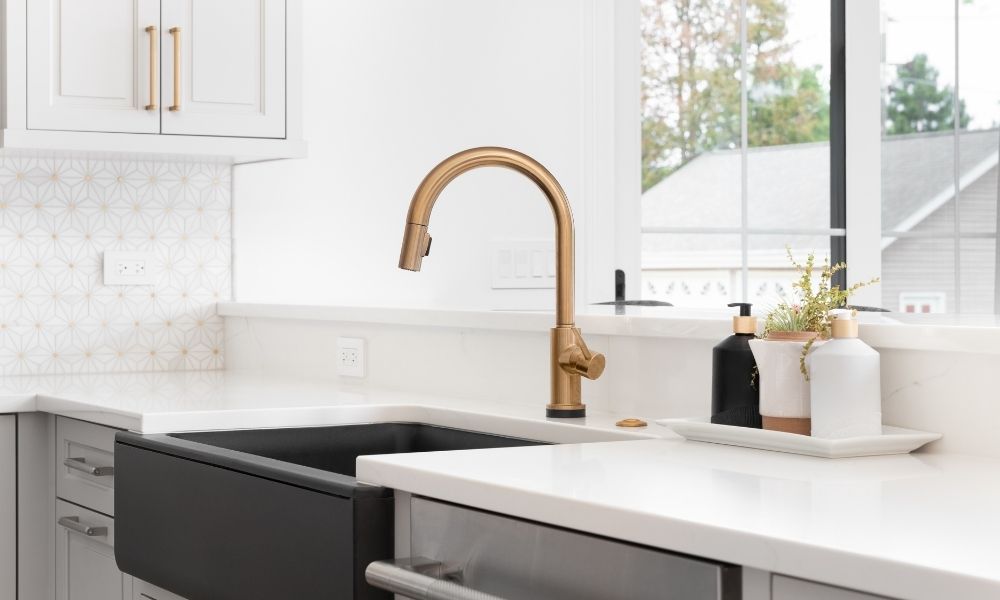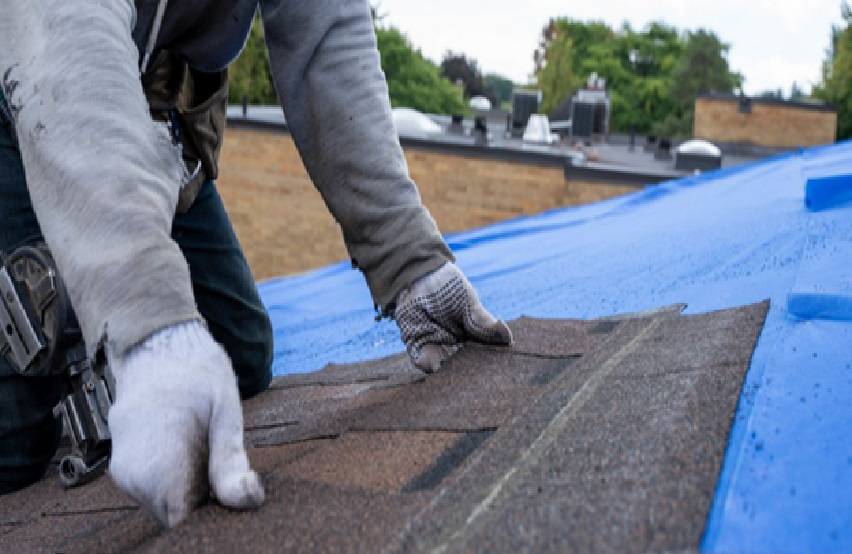Architecture functions as a canvas for boundless creativity, seamlessly merging aesthetics with practicality. Among various design techniques, perforated metal architecture has emerged as a prominent method, offering a sophisticated integration of artistic expression and functional utility. Zahner stands at the forefront of this field, demonstrating the transformative capabilities of perforated metal within architectural designs. Their expertise in this area offers a range of advantages that significantly enhance contemporary architectural practices.
Elevated Design Excellence
The use of perforated metal design effectively transforms standard surfaces into compelling visual narratives. By employing meticulously crafted perforations—be they geometric or intricate—architects can infuse their projects with added depth, texture, and visual intrigue. This approach not only enriches the architectural experience but also contributes an element of elegance and appeal. Zahner’s advanced customization capabilities empower architects to realize their visionary designs, resulting in distinctive perforated metal accents that elevate the aesthetic character of any project.
Superior Ventilation and Natural Light Management
In addition to its visual appeal, perforated metal architecture offers substantial functional benefits, particularly in enhancing indoor environmental quality through improved ventilation and natural light management. The strategic placement of perforations facilitates optimal natural light ingress and airflow, thereby enhancing occupant comfort and supporting energy efficiency. By manipulating the size, shape, and configuration of these perforations, architects can effectively control glare and reduce dependence on artificial lighting, optimizing the interior ambiance. Furthermore, perforated metal panels enhance air circulation, thus improving indoor air quality. Zahner’s extensive expertise in perforation technology enables architects to achieve an ideal balance between aesthetic appeal and functional performance.
Optimal Balance of Safety and Privacy
Perforated metal architecture adeptly addresses the dual imperatives of security and privacy while fostering an open and inviting atmosphere. When employed in barriers and screens, perforated metal effectively delineates private spaces within larger environments, obstructing direct lines of sight while preserving a sense of spaciousness. This strategy is particularly well-suited for applications such as outdoor enclosures, building facades, and private terraces. Zahner continues to pioneer innovative solutions that meet safety and privacy requirements without sacrificing architectural beauty.
Outstanding Acoustic Enhancements
The acoustic advantages of perforated metal architecture, though frequently overlooked, are crucial in fostering acoustically comfortable environments. The integration of perforated metal panels enables architects to markedly improve acoustic quality and reduce reverberation, thereby managing sound transmission effectively. Whether applied in concert halls, corporate offices, or public venues, perforated metal solutions greatly enhance acoustic conditions. Zahner’s profound understanding of material science and acoustics allows for the development of precision-engineered perforated metal components, achieving exceptional acoustic performance alongside aesthetic appeal.
Dedication to Environmental Sustainability and Durability
The sustainability and durability of perforated metal architecture make it an increasingly popular choice for environmentally conscious initiatives. Its inherent resistance to fire, corrosion, and pests underscores its long-term durability and minimal maintenance needs. A commitment to using recycled materials for perforated metal panels, along with ensuring their recyclability, aligns with broader environmental conservation goals. Zahner’s dedication to sustainable practices—including the use of eco-friendly materials and processes—results in reduced energy consumption and waste. Zahner encourages those interested in exploring the potentials of perforated metal architecture to delve deeper into this innovative realm.
In conclusion, Zahner’s contributions to perforated metal architecture highlight the extensive benefits inherent in this design approach for architectural projects. Through exceptional design, functional advantages, and a commitment to sustainability, Zahner continues to redefine the boundaries of architectural innovation.




